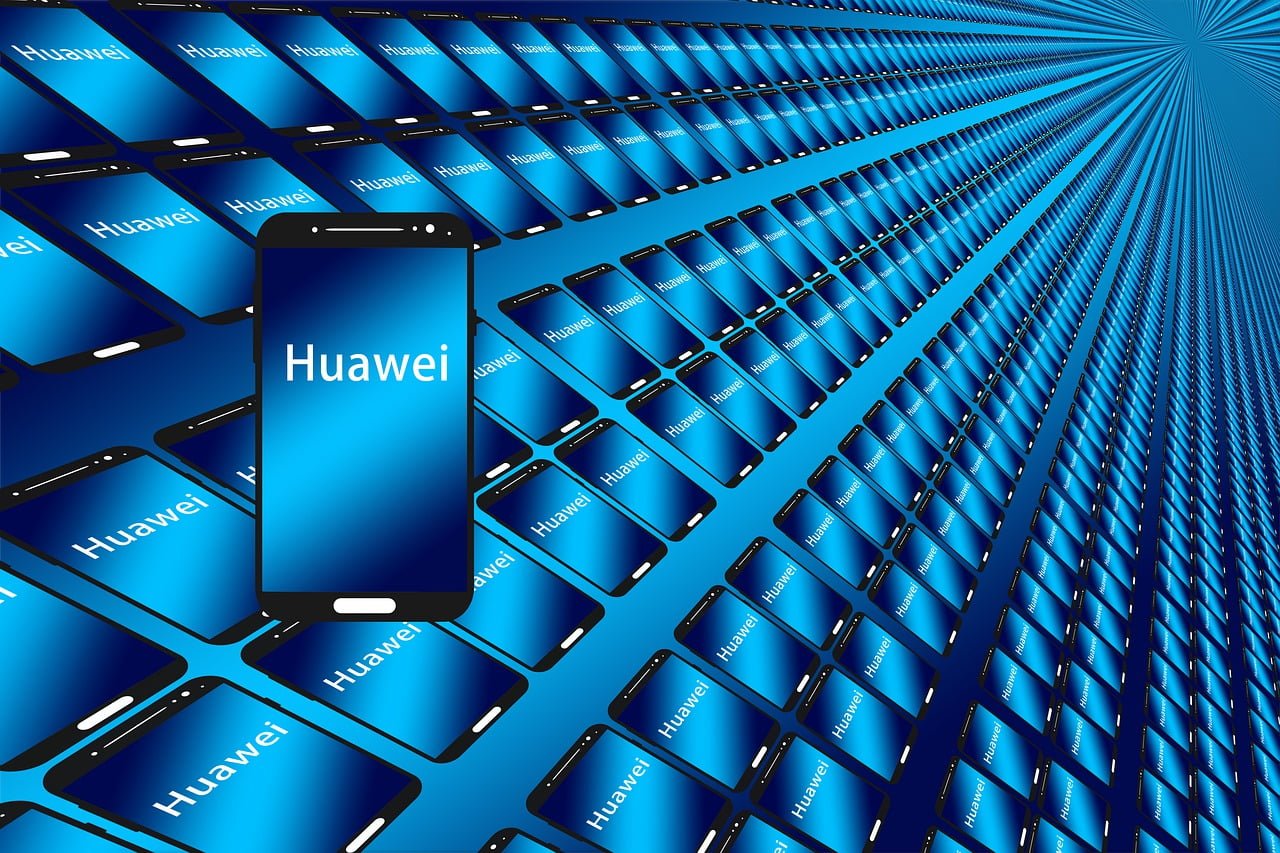This year hasn’t been a smooth ride for Huawei. Due to the U.S.-China trade war, the Chinese tech giant lost access to Google services. Despite the issues, the Chinese company kept moving forward and released the Mate 30 Pro in September. Now it is preparing to launch another much-anticipated handset, the Huawei P40. Recently the company revealed the Huawei P40 release date.
Huawei P40 release date
In an interview with the French Press, Huawei’s consumer group CEO, Richard Yu, revealed that the Huawei P40 release date will be in March. The executive also revealed that the P40 and P40 Pro will be revealed at an event in Paris.
In addition to the Huawei P40 release date, Yu also talked about other important details of the handset. Yu said the handsets will run on Android 10, but without Google Mobile Services. Since Android is open source, Huawei is able to access it freely despite being blacklisted by the U.S. government from using U.S. tech.
However, the Chinese company has lost access to services such as the Google Play Store, Maps, Uber, Google Podcasts and more. The same was the case with the Mate 30 Pro. Thus, it is now confirmed that Huawei won’t be launching the HarmonyOS (Huawei’s in-house OS) with the P40 series.
However, it will offer Huawei Mobile Services (an alternative to Google’s Play Store) on the upcoming devices. HMS primarily offers apps such as Huawei Themes, Huawei AppGallery, Huawei Assistant, Huawei Mobile Cloud and more. The Chinese company has a few months to lure app developers to get high-profile apps in its alternative app store.
Further, Yu promises to offer a better camera setup, improved battery life and enhanced performance with the P40 handsets. The executive added that the new handsets will benefit from a new, “never seen” design. The handsets will be distributed via carriers and stores.
Expected camera specs and design
Yu did not reveal any specifications of the upcoming handsets. However, the leaks and rumors so far suggest that the handset will be built from premium materials. It is also expected that the P40 series will feature a punch-hole front camera design.
Huawei recently teased a few images of the P40 series, hinting at a collaboration with Leica or its plans to offer a great camera experience. There is talk of Huawei opting for a Penta camera setup for the P40 series.
According to a tipster, the Huawei P40 Pro could feature a 64-megapixel main sensor (a Sony IMX686), a 20MP ultra-wide lens, a 12MP telephoto (periscope) lens, a time-of-flight (ToF) sensor for capturing depth, and a macro camera. On the front, the handset could feature standard and ultra-wide selfie lenses. This means seven lenses in all.
#HuaweiP40Pro concept. First attempt based on early leaks and info.
What do you think?
Retweets appreciated#HuaweiP40 #Huawei #P40 #HuaweiMate30Pro #HuaweiMate30 #Android pic.twitter.com/8aSAsrgVsh
— 9TechEleven (@9techeleven) December 11, 2019
In terms of looks, a recent rendering (via 9TechEleven) shows the phone with same two-tone flashy backing seen on earlier flagships from Huawei. On the front, the rendering also reveals a Mate 30 Pro-type “Horizon Display” with deep, waterfall-style curved sides.
However, the rendering shows a much bigger camera module. Another difference is the wide dual-lens camera punch-hole cutout instead of the notch, which is similar to the Samsung Galaxy S10+. The handset could have an in-screen fingerprint sensor as well.
Separately, rumors surrounding the display suggest an OLED screen of about 6.5 inch inches at QHD+ resolution. Moreover, it is believed that the handset will have a 120Hz screen, giving it a smoother refresh rate than OnePlus flagships.
Will the Kirin 990 be enough?
As far as the processor, the P40 is expected to be powered by Huawei’s Kirin 990 5G system-on-a-chip. According to benchmark tests, the Kirin 990 is almost on par with Qualcomm’s Snapdragon 855+ chipset. However, other upcoming Android flagships will likely be powered by the yet-to-be-released Snapdragon 865.
This could widen the difference in performance between the P40 handsets and other Android flagships, such as the Samsung Galaxy S11. Nevertheless, the Kirin 990 and other technical tweaks are expected to give users an ultra-fast phone.
Huawei is expected to offer both 4G and 5G models of the P40 Pro. Further, the Pro variant could have a massive 5,500 mAh battery and use graphene material instead of lithium-ion cells to get more capacity. Both handsets will reportedly support wireless charging and reverse wireless charging and charge at up to 50 W.
In terms of storage, the handset could offer up to 12 GB of RAM and up to 512 GB of storage. There is no information on the price, but the Pro version could surpass $1,000.
As of now, it is not clear which markets the P40 series will be available in. Sanctions by the U.S. government may not have much impact on Huawei, whose biggest market is China. Since Google does not operate in China, no other Chinese phone offers Google Mobile Services either.





